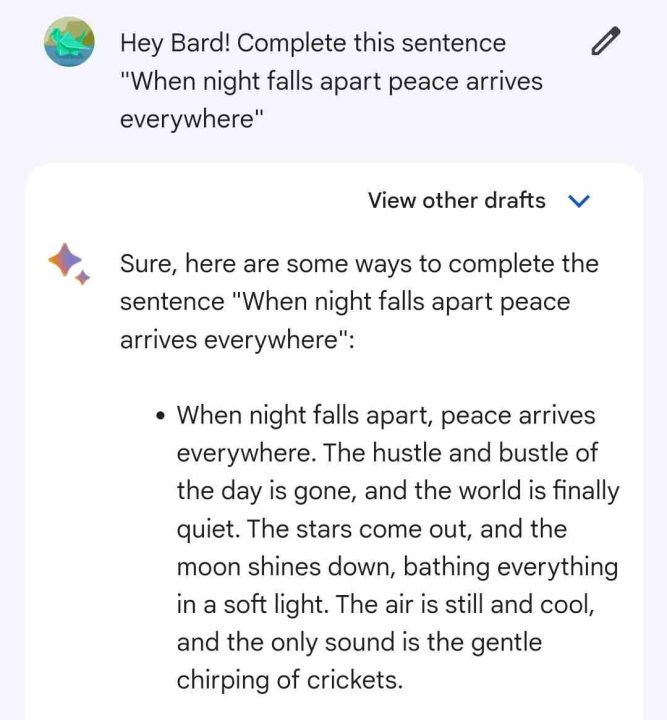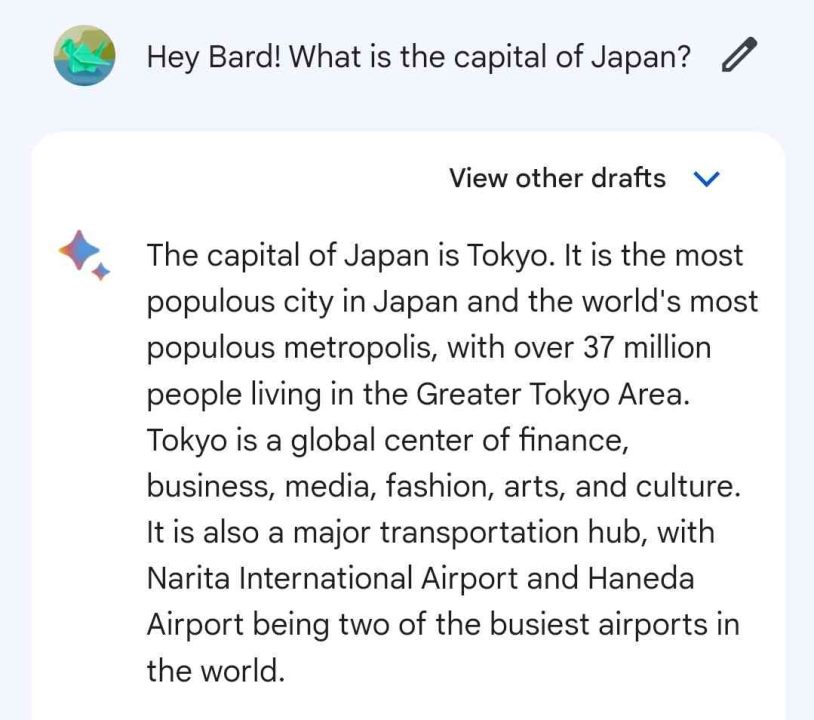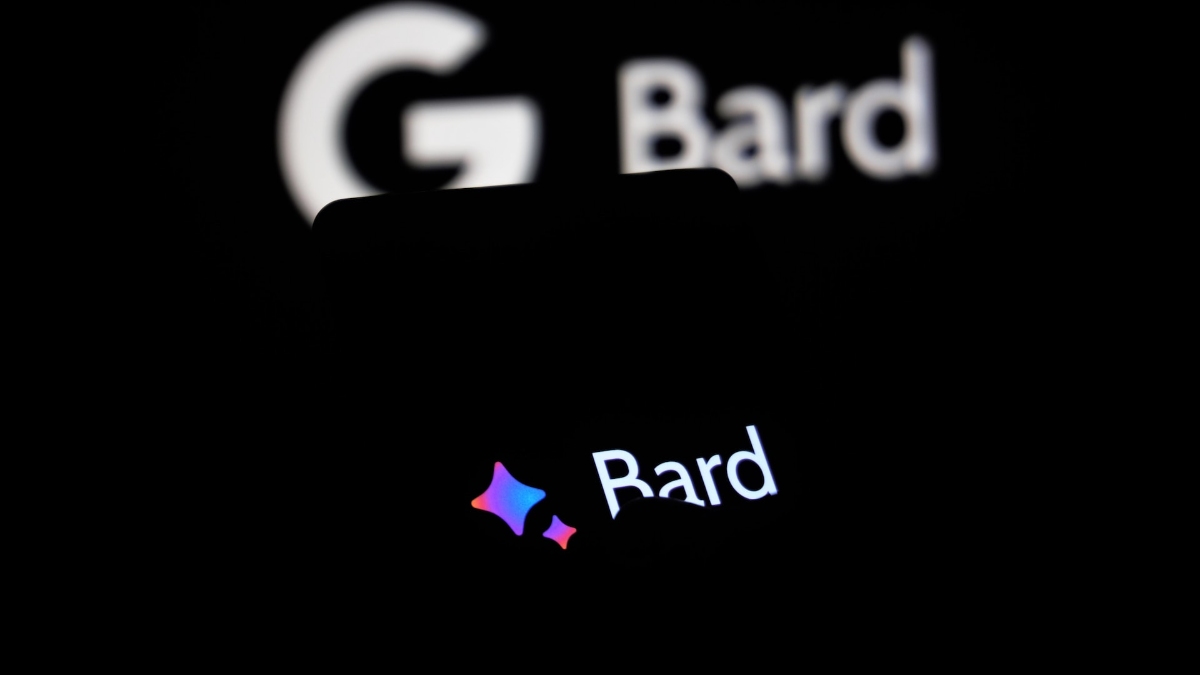Hey there! Let’s start off on a positive note. You may have heard of ChatGPT, — the amazing AI model chatbot that has truly transformed the way we interact with AI tools. It’s pretty revolutionary!
That was OPENAI — The company that created ChatGPT. But on March 21, 2023! Google introduced its own amazing creation called Google Bard.
It’s a powerful and innovative language model — that aims to compete with other AI models like ChatGPT. It’s awesome to see the AI competition heating up!
In this article, we will explore everything we currently know about Google Bard and delve into intriguing research that provides insights into the potential algorithms that could drive this remarkable AI model.
Page Contents
What Is Google Bard?
Google Bard is an experimental Google chatbot — that is powered by Google’s large language model (LaMDA) project & Neural Network architecture.
It’s a generative artificial intelligence (AI) system — designed to receive prompts and carry out text-based tasks such as — generating answers, summarizing information, and producing diverse types of content.

Bard is also useful for gathering the best results through the web — by summarizing information found on the internet and providing links for exploring websites with more relevant information.
The Vision Behind Bard
Google has been actively involved in the field of artificial intelligence (AI) for several years. They have been working with AI since the early 2000s.
The main purpose was to make the world’s information more accessible and useful, depending on how people want information.
They wanted to make new products with AI — that could be used to help people learn new things, solve problems, and be more creative.
Their vision also was — to improve communication and understanding between people with the help of the AI revolution.
How Bard was created
Google first introduced its Progress with AI in 2011, — an AI research project focused on deep learning and neural networks.
A neural network is like a cool trick — that teaches computers to process data like a human brain! It’s a method in artificial intelligence — that lets computer process data in a way that’s inspired by how our own brains work. Pretty neat, right?
Notably, in 2014, Google acquired DeepMind Technologies, — a prominent AI company known for its advancements in machine learning and reinforcement learning. This was another step forward for Google’s current AI projects and also for future projects.
Bard was created using a specific large language model (LLM) called Pathways Language Model 2 (PaLM 2). PaLM 2 is one of the most advanced LLMs in the world, and it was trained on a dataset of over 600 billion words.
In addition, — Google Bard was also created using the neural network architecture — that was previously created by Google — to process data like the human brain.
Using these two frameworks PaLM 2 and Neural Networks, Bard was exposed to — a vast amount of data, and the dataset was cleaned and processed. Finally, Google fine-tuned LLM to improve its performance.
How to use Bard
Simply go to https://bard.google.com/ and sign up for Google. They will take you to the Google Bard prompt page. You just have to type questions or prompts into the prompt bar and there you go — Bard will reply to you with the most relevant information it has.
Like other Google products, — Bard is also free and usable for everyone.
Why Bard is changing the way of search?
So when Google Bard was released, — it was only a chatbot like ChatGPT, but soon after Google integrate it into search engines, — it became a more useful tool to explore through the internet.
Bard can understand natural language queries because Google Bard is created based on the Neural Network framework.
This means that — you can ask Bard questions in plain English, and it will be able to understand what you are asking. This is like traditional search engines, — which require you to use specific keywords.
Bard can be used to have conversations about a wide range of topics so that — you can use it to learn new things, solve problems, and be more creative.

Like you are chatting with Bard about your project, it can suggest innovative solutions that can make your work more powerful and save you time. Bard is always learning, so — the more you talk to it, — the better it will get at helping you.
For example, you can ask Bard questions like — “What is the capital of Japan?” or “How do I make a cake?” Bard is able to understand your queries and give you the most relative answer instead of giving tons of website links.

Bard has this amazing ability to gather and analyze information from all sorts of sources like — the web, books, and articles.
But you know what sets Google Bard apart? — It can provide answers that go beyond what ordinary search engines can offer. With its wealth of knowledge and expertise, — Bard can give you more comprehensive and informative responses that will leave you amazed!
Final Thoughts.
In a world where technology continues to amaze us, — Google Bard emerges as a delightful companion for poets, writers, and art enthusiasts all over the world and it’s totally changing the way we search.
This remarkable creation by Google has taken the power of artificial intelligence and natural language processing to new heights, giving us a charming poetic companion.
Though It’s still under development, — but it’s already capable of doing different tasks like generating text, answering questions, brainstorming ideas, and writing code.
As Google Bard continues to learn and improve, — it will become an even more valuable and useful resource for people who want to be more productive and creative in different fields.
Google is working hard to improve its performance and trying to make Bard a more delightful and indispensable tool for all creative and logical fields worldwide.




